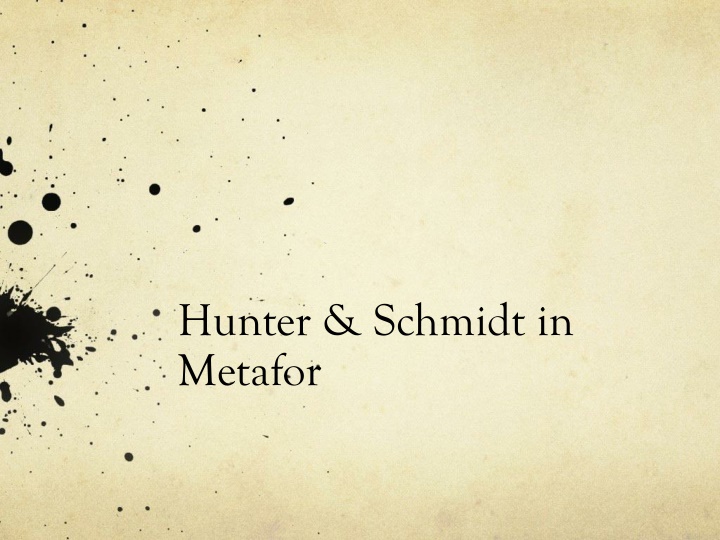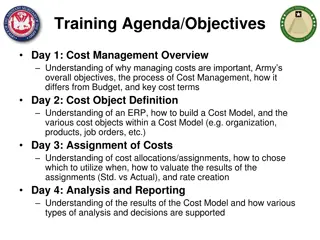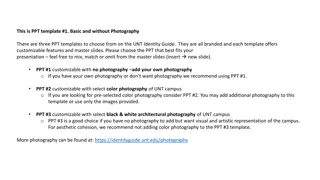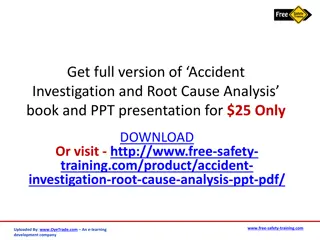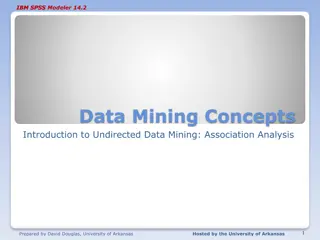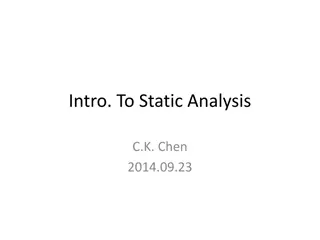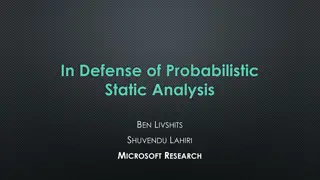Insights into Metafor Analysis
Dive into the comparison of different analytical approaches and corrections for reliability in research studies. Explore how the utilization of specific formulas impacts confidence intervals and prediction intervals.
Download Presentation

Please find below an Image/Link to download the presentation.
The content on the website is provided AS IS for your information and personal use only. It may not be sold, licensed, or shared on other websites without obtaining consent from the author.If you encounter any issues during the download, it is possible that the publisher has removed the file from their server.
You are allowed to download the files provided on this website for personal or commercial use, subject to the condition that they are used lawfully. All files are the property of their respective owners.
The content on the website is provided AS IS for your information and personal use only. It may not be sold, licensed, or shared on other websites without obtaining consent from the author.
E N D
Presentation Transcript
Hunter & Schmidt in Metafor
Correct for ryy The estimated remaining REVC is zero. Thus the prediction or credibility interval and the confidence interval would be the same. There are a couple of ways to proceed using the equation or using theory.
Correct for ryy Take original mean, SE(Mean) and tau. Divide by Mean(ryy) This your new value of the mean, and use the SE(Mean) and SE(PI) =sqrt[V(M)+adj(Tau-sq)] to compute new CI and and new PI. The width of the intervals is only approximate, but it should be close. For more corrections (e.g., rxx as well as rxx), use the additional variables as moderators. The divide the mean, SE(Mean) and residual SE(PI) by the compound attenuation factor.
Comparison ES mean SE(M) Tau CI Lo CI Hi CR Lo CR Hi H & S BB .29 .05 .10 .06 .05 .19 .20 .38 .43 .17 .22 .40 .41 ryy = .85 .32 Metafor BB .30 .33 .05 .05 06 .00 .20 .22 .40 .43 .14 .22 .46 .43 ryy =.85 Same data (4 studies). The main difference is the wider PI for the Metafor analysis with no correction (compared to the H&S bare-bones. The reason is that the Hunter & Schmidt credibility interval leaves out the error associated with the estimation of the mean. I did not use H&S formulas for corrected CI (I divided the bare-bones SE(M) by .85, the average ryy.
LMX_AC data Bare-bones analog in metafor, all 92 studies.
LMX corrected for ryy Even though the model (and thus ryy) is not significant, I am going to use the new (adjusted) value of tau along with the average ryy to figure my analog to the H&S calculations with the meta-analysis correcting for reliability in the criterion only.
LMX_AC Results Compared Model Bare bones HS M COR HS ZCOR Z back to r Adjust ryy HS Met COR HS Mean CI Lo CI Hi CR Lo CR Hi .43 .43 .41 .41 .45 .46 .24 .23 .61 .63 .46 .43 .44 .41 .49 .46 .23 .22 .70 .62 .45 .46 .43 .43 .48 .48 .25 .25 .65 .67
